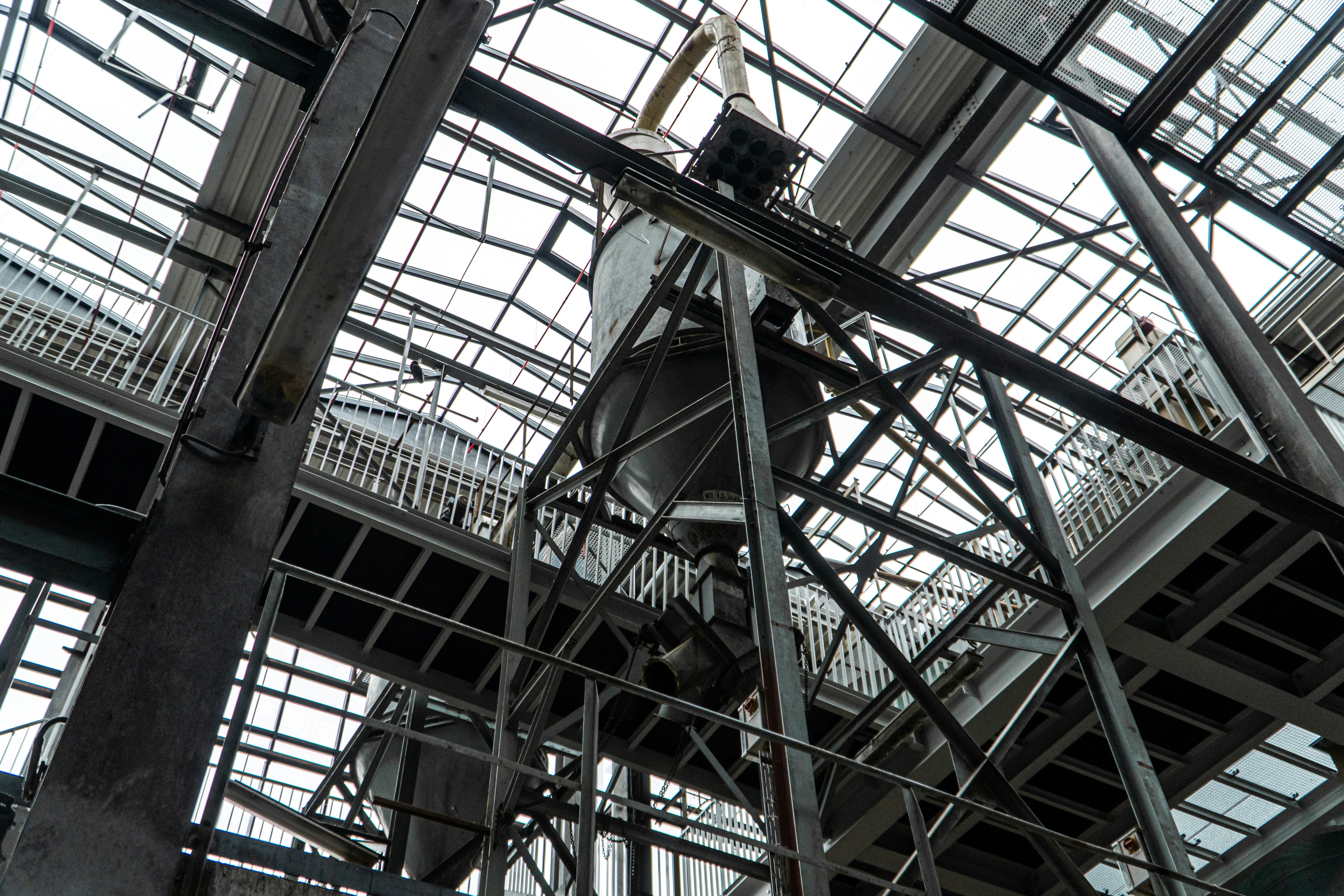
What is Steel Support?
Steel support refers to the use of steel components within the framework of interior design to provide structural integrity and aesthetic appeal. These supports are crucial in maintaining the stability of a building while complementing the overall design. Common types of steel supports include columns, beams, and brackets, each serving distinct roles in the construction and architectural presentation of a space.
Columns are vertical structural elements that support horizontal loads, often forming the backbone of a room. They are typically employed in open layouts where load-bearing walls are minimized, allowing for greater flexibility in design. Steel columns can be exposed to enhance industrial aesthetics or concealed within walls for a more traditional appearance. Their versatility in size and shape contributes to innovative architectural solutions, making them a prominent choice in modern interior design.
Beams, on the other hand, are horizontal supports that bear loads transferred from the roof or upper levels down to the columns or walls. Steel beams allow for longer spans without the need for intermediate supports, promoting open spaces and creative layouts. These beams can often be incorporated into design features; for example, a strikingly designed beam can serve as a focal point of a room. Their presence can contribute significantly to the visual identity of a space, seamlessly intertwining function and art.
Brackets are smaller steel supports that provide additional stability to structures. They can be used to reinforce shelves, support countertops, or even to affix fixtures to walls, ensuring safety while maintaining an elegant appearance. Brackets can be found in various designs, allowing them to blend subtly into the decor or stand out as a statement piece.
The integration of steel support elements in interior design not only optimizes structural performance but also enhances the visual language of modern spaces, creating an ever-evolving narrative of style and functionality.
Benefits of Using Steel Support
Incorporating steel support in interior design offers numerous advantages that span across strength, durability, and versatility. One of the most significant benefits of utilizing steel is its exceptional strength-to-weight ratio. Steel supports provide immense load-bearing capabilities, which are crucial in both residential and commercial settings. Their robustness allows for larger and more open spaces while maintaining structural integrity, an aspect that is vital in contemporary interior design.
Durability is another compelling reason to choose steel over traditional materials like wood or concrete. Steel is impervious to many environmental factors that can affect other materials, such as rot, pests, and warping. This resistance ensures a longer lifespan for structures that utilize steel supports, reducing long-term maintenance costs. Additionally, steel is fire-resistant, enhancing safety in interior environments. With proper treatment and coatings, steel can withstand exposure to moisture and corrosion, further extending its usability and functional life.
The versatility of steel in design applications also cannot be understated. Unlike traditional materials that can limit design choices, steel offers the flexibility to create innovative and unique configurations. It can be easily molded into various shapes and sizes, allowing designers to explore creative avenues that enhance aesthetic appeal. This adaptability is beneficial when striving for modern, minimalist styles or when integrating high-tech elements into a space. Moreover, steel supports can be seamlessly combined with an array of materials, such as glass or wood, to create striking contrasts and sophisticated designs.
When comparing traditional materials with steel, it becomes evident that steel often emerges as the preferred choice. Its combination of strength, durability, and design flexibility makes it an invaluable asset in today’s interior design landscape, contributing to structures that are not only functional but also visually appealing.
Applications of Steel Support in Interior Design
Steel support has become a pivotal element in modern interior design, offering a myriad of applications that enhance both functionality and aesthetics. One of the most notable areas where steel support is employed is in residential buildings. Homeowners increasingly seek open floor plans that foster connectivity and spaciousness. Utilizing steel beams and columns allows for the removal of load-bearing walls, resulting in expansive living areas bathed in natural light. An exemplary project showcasing this application is a contemporary loft in an urban setting, where exposed steel structures not only support the space but also contribute to a chic industrial aesthetic.
Commercial spaces also benefit significantly from steel support systems. In office designs, for instance, large open spaces can be so easily achieved by incorporating steel frameworks that permit the flexibility needed for modular layouts. This adaptability is particularly valuable in a fast-paced business environment, where firms frequently change their spatial needs. A recent high-rise office project utilized a combination of steel and glass, creating an airy environment that promotes collaboration while maintaining structural integrity.
Public venues are yet another arena where steel support excels. Museums, art galleries, and auditoriums frequently leverage the lightweight and strong characteristics of steel to create grand, unobstructed exhibition areas. A notable example is a modern art gallery that features soaring ceilings and expansive exhibition spaces, all supported by a network of steel trusses, allowing for both artistic freedom and architectural elegance. Through these examples, it is clear how steel support not only enables dynamic interior layouts but also elevates the overall design narrative, making it an essential component in contemporary design projects. Steel’s versatility and durability ensure that it remains a preferred choice among architects and designers, paving the way for innovative solutions in various contexts.
Design Considerations for Steel Support
Integrating steel support into interior designs requires careful consideration of several key factors that can influence both functionality and aesthetics. One of the foremost aspects to address is structural planning. Designers must work closely with engineers to ensure that the chosen steel elements can seamlessly integrate into the overall architectural framework. This collaboration is vital, as miscalculated load-bearing capacities can result in significant safety hazards. Detailed analyses of the space and intended usage patterns are necessary to ascertain the appropriate type and placement of steel support, thereby ensuring the structure can accommodate anticipated stresses.
Aesthetic coherence is another essential consideration when including steel supports in interior design projects. Steel, known for its industrial appeal, can either enhance or detract from the intended design theme. Selecting steel finishes, such as brushed, polished, or rusted, allows designers to tailor their vision while maintaining alignment with other materials present in the space. For instance, combining steel with natural wood can create a striking contrast that is visually appealing. The surface treatment of the steel can also help to generate different moods or styles, from modern minimalism to a more rustic ambiance.
Furthermore, the choice of steel support should align with both practical requirements and desired visual effects. For instance, exposed beams can lend a dramatic effect, contributing to an open ceiling design, while concealed supports may be more suitable for spaces aiming for a sleek, uninterrupted appearance. Ultimately, the selection process must balance aesthetic preferences and structural needs, fostering a harmonious relationship between form and function. By prioritizing communication and collaboration between designers and engineers, it is possible to create a space that harnesses the benefits of steel supports while enhancing the overall design theme effectively.
